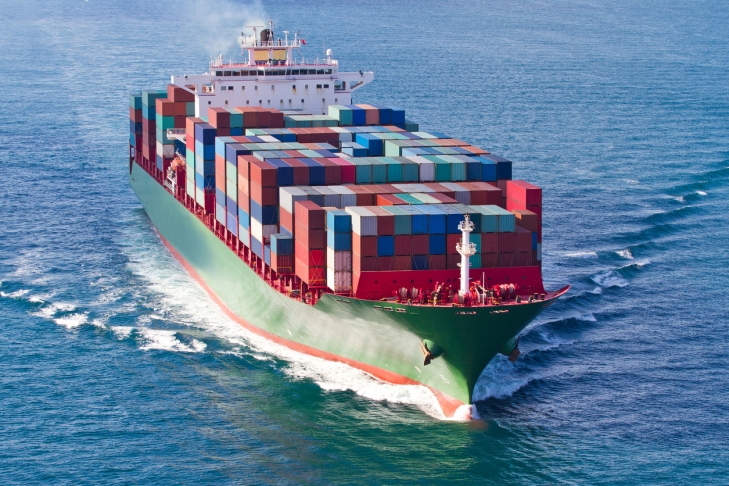
Despite oversupply that continues to suppress container freight rates, positive global macroeconomic trends bode well for shipowners
2018 is shaping up to be an intriguing year for the shipping industry. The recovering dry bulk market – the transport of commodities such as coal, ore, cement etc. – reflects a global increase in economic activity that has driven up the Baltic Dry Index. In a similar vein, 50 Very Large Crude Carriers (VLCCs) were ordered in 2017 – to be delivered in 2019 – ahead of the expected end of OPEC’s production cut later this year.
Container freight rates, on the other hand, continue to suffer from oversupply issues that contributed to Hanjin Shipping’s bankruptcy. Maersk Line, the world’s largest container shipping company, bemoaned depressed freight rates for lackluster earnings. COSCO Shipping, meanwhile, has deferred delivery of 10 Ultra Large Container Vessels (ULCVs) to next year in an effort to minimise pricing pressure stemming from a supply glut.
“ULCVs contribute to oversupply that compounds low freight rates that have not recovered yet,” points out Roy Yap, Chief Operating Officer at ship management company Newport Shipping. “Simplistically speaking, at macro level you need sustained good performance for bulk [to transport raw commodities] before you see an upswing for the container business [to transport finished goods]. The world economy may be going up but if too many people build container ships, the freight rates will still come down.”
Tapering growth in China played a major role in Hanjin’s demise, and it is more relevant than ever in the current economic environment. While China’s transition to a consumption-led economy – instead of an export-led one – had a readily recognised effect on shipping demand, oil prices play a less visible role.
“During the 2008 Global Financial Crisis when Lehman Brothers went bankrupt, oil prices were sky high,” Yap recounts to Perspectives@SMU. “I was in the offshore sector, and we felt nothing. Because of the high oil prices, there was a lot of exploration and drilling as it was financially feasible to do so. The further out at sea you go, the bigger the ships become. Besides economies of scale, you need bigger ships that are seaworthy.
“Sentiment on oil was great in 2008. There wasn’t much concern on the shipping industry because of China’s growth [and the resulting demand for oil and commodities]. That got everyone to invest in capacity,” Yap explains, highlighting the ensuing crash that sparked widespread industry turmoil and culminated in Hanjin’s bankruptcy.
Where shale flows, ships follow
With crude oil prices now hovering around US$65 to US$70 – half of the US$142 record high set in June 2008 – shale producers who survived the energy industry consolidation post-price crash are coming back online. West Texas Intermediate (WTI) crude dipped below US$60 in February as U.S. oil production surged past 10 million barrels a day for the first time since 1970.
This has led to a recovery in demand for oil tankers that Yap describes as “not too significant but positive”. More significant, he posits, is how the United States has become an oil exporter to China.
“I don’t think there has been a significant increase in the demand for oil transport, but the directions have changed,” Yap elaborates, pointing to how China is now importing oil from America, reversing the traditional flow. According to World Maritime News, Saudi-flagged VLCC Shaden left Louisiana in February for the Chinese port of Rizhao with 2 million barrels of crude oil.
The shale revolution is changing the energy map. Oil routes that used to bring Australian oil and gas exports to America are now heading to closer locations in Asia. Qatar is similarly affected, with “projected and unrealised LNG sales to the U.S. shift(ing) to Asia and Europe” according to the Nikkei Asian Review.
“There will be some ships that aren’t needed for less profitable routes that will be moved to more profitable ones,” says Yap. “Ships are moveable assets. There will be a new equilibrium which may drive more newbuilding.”
Follow us on Twitter (@sgsmuperspectiv) or like us on Facebook (https://www.facebook.com/PerspectivesAtSMU)
Last updated on 03 Apr 2018 .

